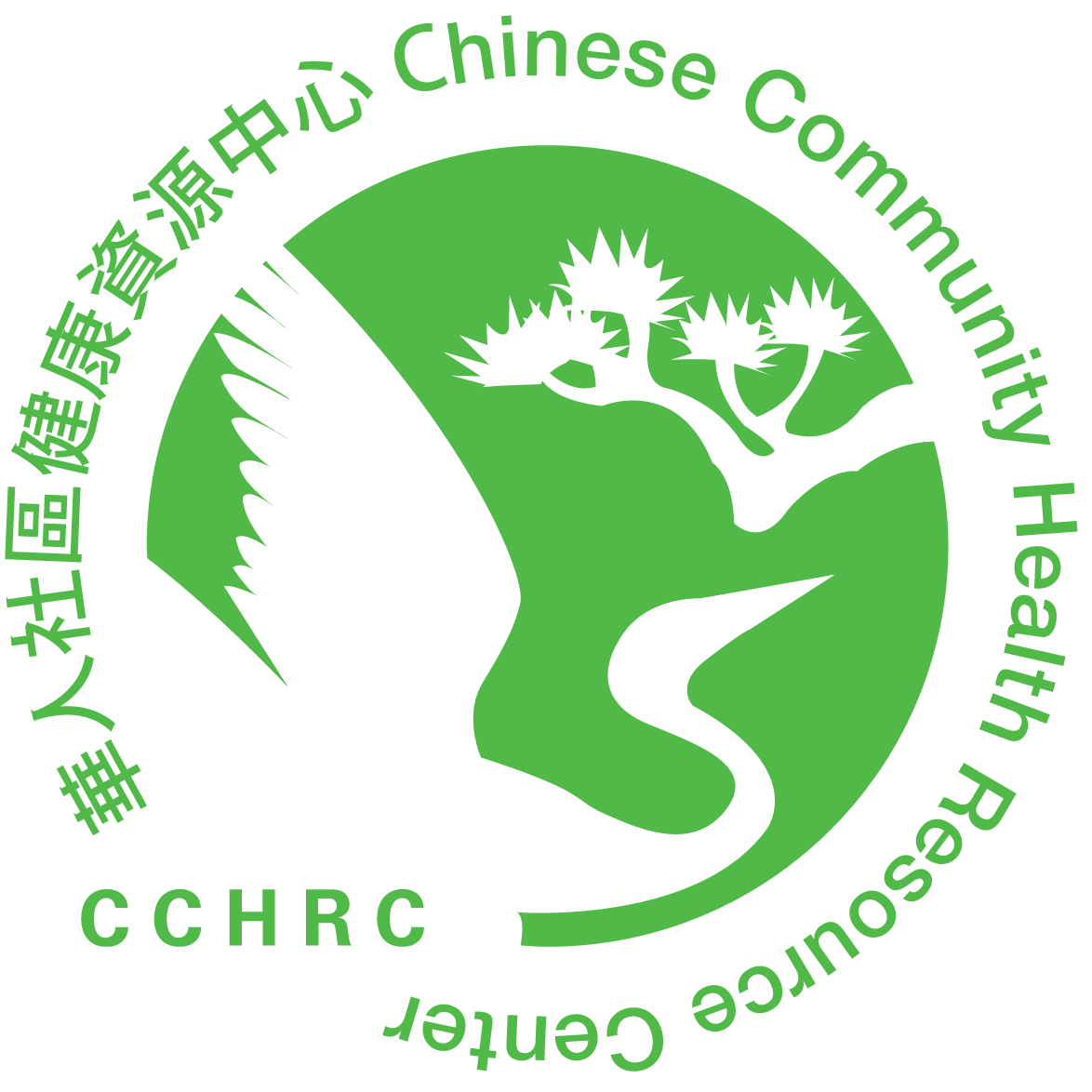I. What are hemorrhoids?
Hemorrhoids are swollen veins located around the anus or rectum. There are two types of hemorrhoids – external and internal. External hemorrhoids are located in the skin that surrounds the anal opening and are usually sensitive and painful. Sometimes, a blood clot may form, causing severe pain and inflammation. When irritated, external hemorrhoids can itch or bleed. Internal hemorrhoids are located inside that anal canal and are generally not painful because internal membranes lack pain sensitive nerve fibers. When internal hemorrhoids become enlarged, they may bleed and protrude through the anus.
II. Who gets hemorrhoids?
Both men and women can develop hemorrhoids. They may occur at any age and are most common among people over the age of 40.
III. Causes
Hemorrhoids are caused by increased pressure in the veins. This occurs as a result of:
- Constipation or straining during bowel movements
- Diarrhea
- Prolonged sitting or standing
- Obesity
- Pregnancy
- Loss of muscle tone due to old age
- Strenuous exercise
- Chronic coughing
- Lifting heavy objects
IV. Symptoms
- Rectal bleeding: appears as bright-red streaks on the stool or toilet paper.
(Caution: persistent or recurrent bleeding may be an early sign of colorectal cancer and should be evaluated by a physician.) - A sensation of incomplete emptying after a bowel movement.
- A lump that can be felt in the anus.
- Pain, itching, burning or mucous discharge after a bowel movement.
V. Prevention
- Prevent constipation by:
-
-
- Eating a high fiber diet containing lots of whole wheat bread, brown rice, vegetables, fruits, bran cereal, dried beans.
- Drinking 8 to 10 cups of water a day to soften stools.
- Exercising regularly to promote movement of waste products.
- Moving your bowels as soon as the urge occurs.
-
- Avoid straining and prolonged sitting on the toilet.
- Lose weight if you are overweight.
VI. Treatment
- To reduce pain, itching and swelling:
-
-
- After a bowel movement, clean the anal area with toilet paper moistened with warm water, and gently pat dry. Avoid a lot of wiping.
- “Sitz baths”: soak anal area in 8 to 10 inches of warm water for 15 minutes several times a day.
- Apply ice packs to the anal area and stay in bed for one day.
- Use a topical ointment containing anesthetic and/or hydrocortisone if prescribed by your physician. (Over the counter hemorrhoid remedies such as ointments, pads or suppositories are often not helpful).
-
- To reduce straining during elimination:
-
-
- Increase fiber and fluids. Your physician may also recommend fiber laxatives or a stool softener.
-
If your hemorrhoidal problem persists or worsens, your physician may suggest one of the following procedures:
- Injection of a chemical into the tissue around the hemorrhoid to shrink the swollen blood vessels.
- Tying the hemorrhoid off with rubber bands to cut off circulation. The hemorrhoid falls off within a few days. (Do not attempt to do this procedure on your own.)
- Use of infrared lights, bursts of electrical current or laser to destroy hemorrhoidal tissues.
- Surgical removal of hemorrhoids.
For additional information, please contact your physician.
You can also visit the National Institute of Diabetes and Digestive and Kidney Diseases (NIDDK) website.
Copyright © 1998-2020 Chinese Community Health Resource Center
If you would like a copy of this health article, please click on the PDF button in the language you prefer. To view the PDF document, you’ll need Adobe Acrobat, which you can download here.
Bilingual:



